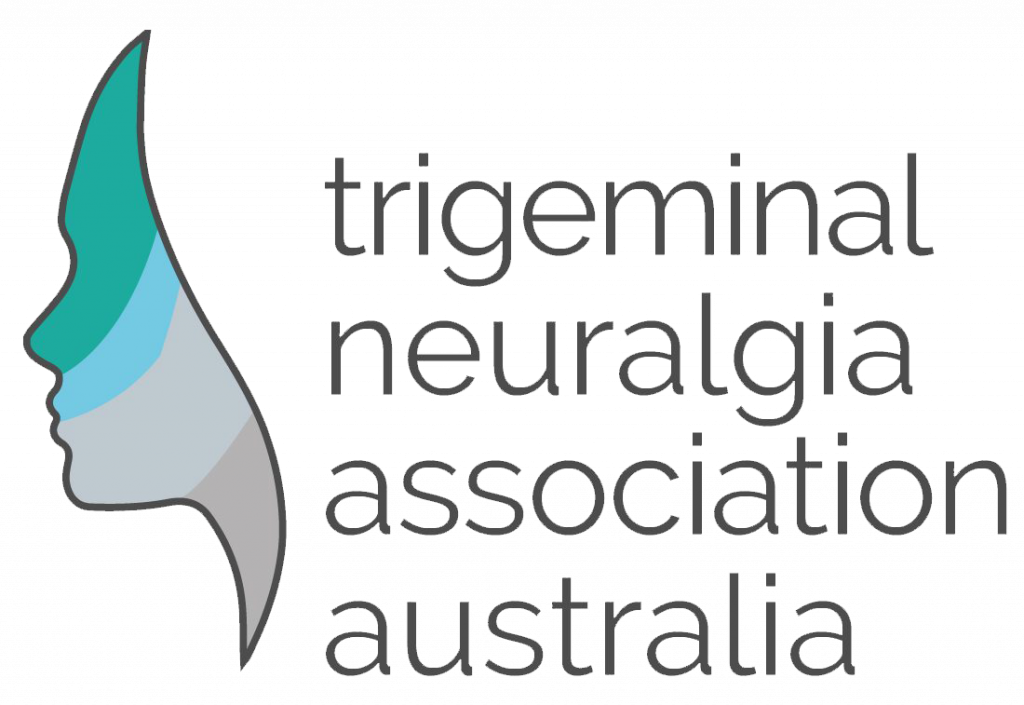Should You Stop Talking About Your Pain?
Getting pain under control starts by talking about it differently—and less.
Posted April 9, 2021 Reviewed by Devon Frye
KEY POINTS
- The language we use in both words and thoughts plays a key role in how the brain processes information and produces pain.
- We often mistake symptoms that occur when the brain senses a threat—including pain—for a disease or disorder.
- Healthcare providers unknowingly can increase a person’s concern about their health and well-being by using alarmist or hopeless language.
- Reducing the sense of threat in the brain—and thus the pain itself—can start by simply changing how people talk about pain.
We love to share our struggles with others, get support, and feel understood. That is a good thing, right?
It depends. Talking about pain keeps pain at the center of our attention, which in turn keeps our brain in threat mode. When the brain senses a threat, increased pain may be the result. Luckily, this downward cycle toward pain can easily be stopped.
Why Pain Education Matters
A central part of pain rehabilitation is providing education to pain patients and their families. Chronic pain not only impacts the individual who is hurting, but it also impacts family, friends, and coworkers as well.
Most people share common misunderstandings about chronic pain—they picture that an injury, mechanical problem, or disorder has taken over a person’s life and is producing unmanageable pain. This misconception leads to a great deal of “pain talk.”
Chronic pain sufferers often talk about their pain levels, latest injections, doctor visits, and surgeries. Friends and family ask about sleep problems, medications, treatments, and therapies. Everyone feels bad that so little can be done to manage pain and worries about the wellbeing of the pain sufferer. This is understandable but not helpful.
What “Pain Talk” Does to the Brain
Pain neuroscience education begins by helping people understand the role of language in how the brain processes information and produces pain. As our brain monitors our peripheral nervous system, it is collecting evidence for danger and evidence of safety. The brain weighs available evidence to determine if there is truly a threat that requires it to produce a protective response.
The brain’s protective response might be pain, but it could be any number of rsponses. Common ways the brain says, “Something is wrong,” might be a tremor, non-epileptic seizure, stomachache, headache, dizziness, hives, nausea, blurred vision, muscle tightness, heart palpitation, chest pain, or a muscle twitch.
We often mistake symptoms that occur when the brain senses a threat for a disease or disorder. Chronic pain is often the result of an overactive nervous system that is constantly sensing a threat and producing pain even though pain would provide no help or protection. Chronic pain is thus not necessarily a disease or disorder that can be treated directly with medical intervention.
Healthcare providers unknowingly can increase a person’s concern about their health and well-being by the language that they use when talking with patients. Here are some common medical statements our brain would use as evidence for danger:
- Your MRI is abnormal.
- This is the worst case I have ever seen.
- I am surprised you can still walk.
- Strong medication hardly seems to touch your pain.
- You have degenerative disc disease.
- Your mother had the same problem. It runs in your family.
- You are going to eventually need more surgery.
- You need to start using a cane or walker to get around.
These statements are viewed by the brain as evidence for danger. When people have chronic pain, their brain lacks a good collection of credible evidence for safety. They have few reasons to believe that they should not be in pain, few reasons to believe that movement doesn’t cause harm, and few reasons to believe they can learn to manage their pain effectively.
How to Change the Conversation Around Pain
Reducing the sense of threat in the brain can start by simply changing how people talk about pain. The goal of changing how we talk about pain is to get our attention off pain and on to the direction we want to be moving with our life despite pain.
James Hudson, M.D., a chronic pain specialist, provides new chronic pain patients with two simple instructions written out on his prescription pad. He wants pain patients to change how they talk and how they think about pain.
The first prescription is simple: “Stop talking about pain.” People ask pain sufferers about pain all the time, but the pain patient needs to learn to redirect questions to focus on other aspects of life. They might say, “Thanks for asking. I’d rather not talk about pain anymore. I’d be happy to tell you what I have planned for this week.”
The second prescription is similar: “Stop exaggerating about your pain to others or even when talking to yourself.” We often use extreme language when referring to pain, such as, “This pain is killing me,” or “My pain is at a level 12 out of 10 right now.” This type of language only reinforces the idea that there is an extreme threat; when the brain senses there is a threat, it will often protect you by producing more pain.
When patients bring these two instructions home, it takes a while to retrain friends, family, and coworkers. Friends and family are often anxious and worried, which is why they ask about pain. But if the topic of conversation changes, the results are often dramatic. After years of starting conversations focused on their pain, pain patients begin to talk about things that are meaningful, hopeful, and enjoyable. They focus on what they can do, not what they can’t do.
As minor as these changes may seem, the language we use every day affects how the brain views and produces pain. You can start today by telling your friends and family that you appreciate their concern, but it’s time to start a new conversation, one that is focused on growth, hope, and a better future.






